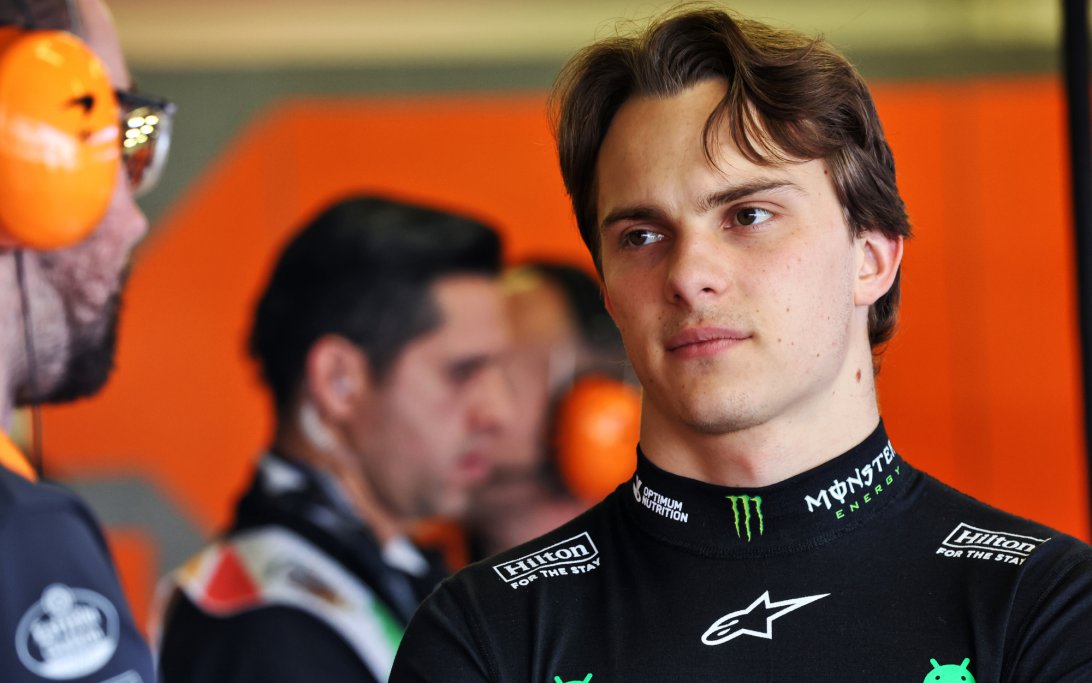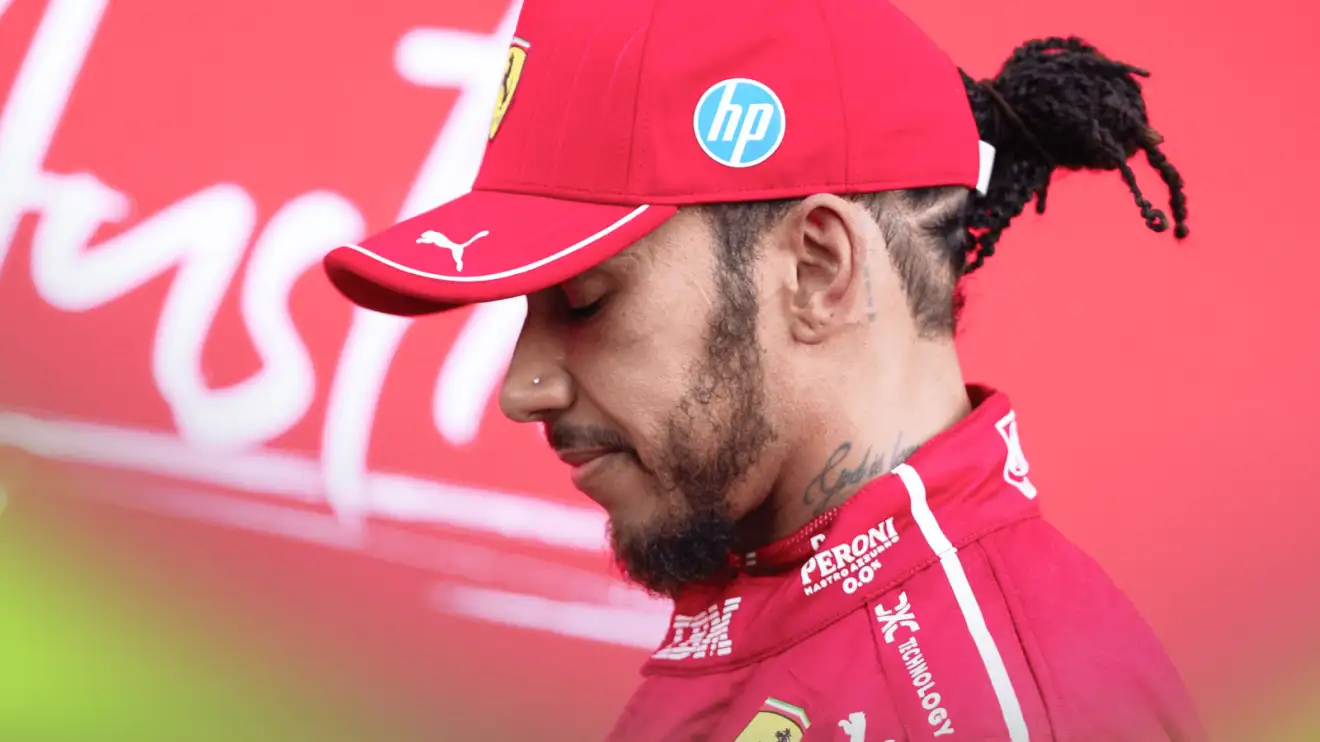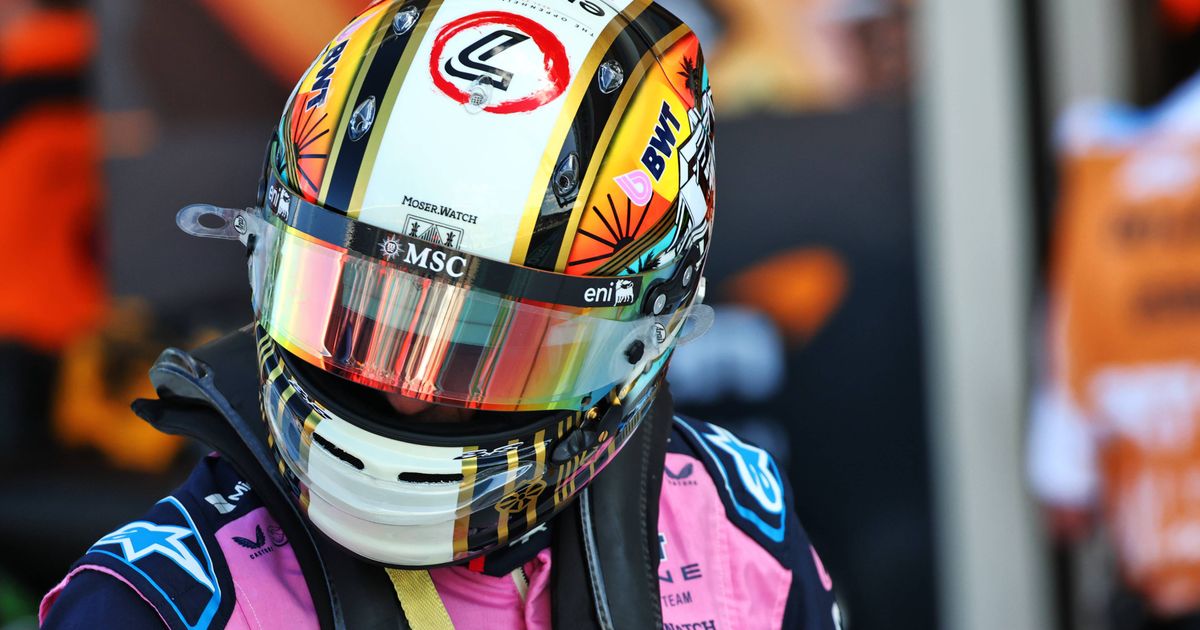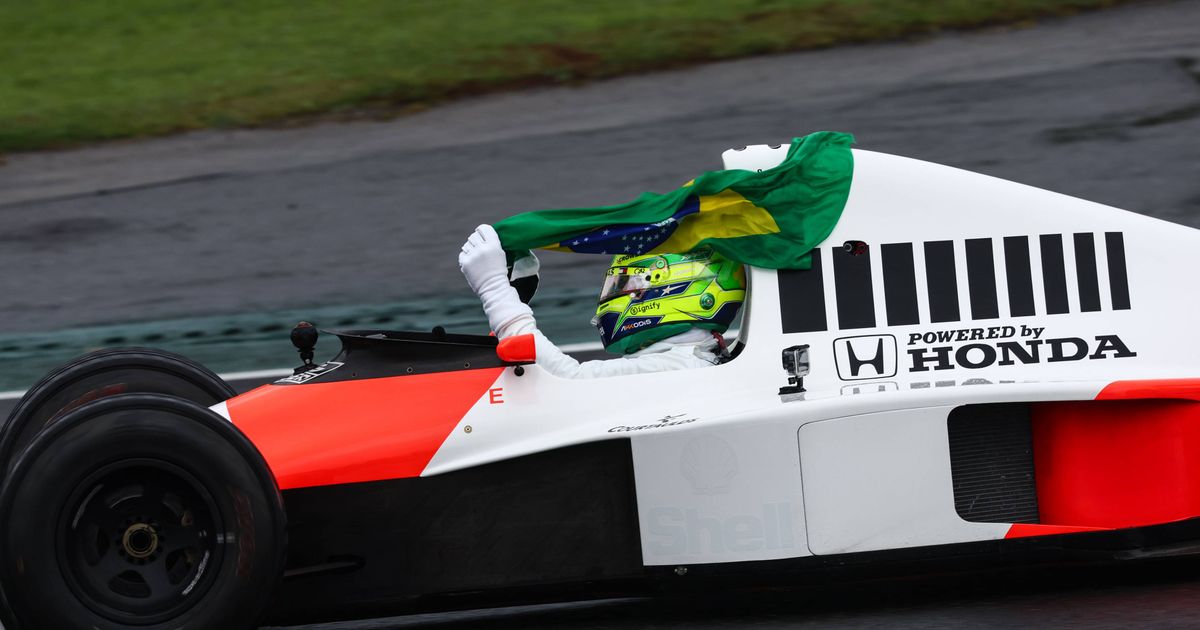
Engine Penalties: A Decisive Factor in the F1 Title Race
As the F1 title battle heats up, the looming threat of engine grid penalties could significantly impact the championship aspirations of McLaren's Lando Norris and Oscar Piastri, alongside Red Bull's Max Verstappen. With 83% of the season complete, teams are now facing the critical crunch time where exceeding power unit component allocations could lead to costly grid drops.
Why it matters:
Engine penalties have historically reshaped championship narratives, forcing drivers to start lower on the grid and fight through the field, often sacrificing crucial points. In a tightly contested title fight, a single 10-place grid penalty could be the difference between a championship lead and a significant setback, injecting unpredictability into the final races.
The Details:
- FIA Regulations: For the F1 2025 season (current season for component allocations), each driver is permitted a limited number of power unit components:
- 4x Internal Combustion Engine (ICE)
- 4x Motor Generator Unit-Heat (MGU-H)
- 4x Motor Generator Unit-Kinetic (MGU-K)
- 4x Turbocharger (TC)
- 2x Energy Store (ES)
- 2x Control Electronics (CE)
- 8x Exhaust (EX)
- Penalty Structure: The first breach of allocation results in an automatic 10-place grid penalty. Subsequent breaches incur a 5-place drop. If a driver accumulates 15 or more penalty places in a single race weekend, they are automatically relegated to the back of the grid.
- Current Penalized Drivers: Several drivers have already served penalties this season, including Lewis Hamilton, Yuki Tsunoda, and Fernando Alonso, among others.
- Verstappen's Exhaust Concern: Max Verstappen is particularly vulnerable regarding exhaust usage. He has already used seven of his allotted eight exhausts with four races and a sprint event remaining. This leaves him with minimal margin for error – one more exhaust failure or damage would trigger a 10-place grid penalty.
- Universal Risk for Title Contenders: More broadly, all three title contenders – Verstappen, Norris, and Piastri – are at their limit for ICE, TC, MGU-H, MGU-K, ES, and CE components. This means any significant crash or component failure could directly lead to a grid penalty in an upcoming race, unless teams opt to revert to older, potentially less performant, engine components.
What's next:
The remaining races will be a high-stakes balancing act for the teams and drivers. Avoiding incidents, managing component wear, and strategic decisions regarding when (or if) to take a penalty will be paramount. Any mechanical issue or on-track collision could prove exceptionally costly, not just in terms of race results but for championship aspirations. The tension will only escalate as teams push their power units to the limit in pursuit of the ultimate prize, making every practice session, qualifying lap, and race stint a potential minefield for engine penalties.
Original Article :https://www.planetf1.com/news/max-verstappen-f1-2025-grid-penalty-engine-change









